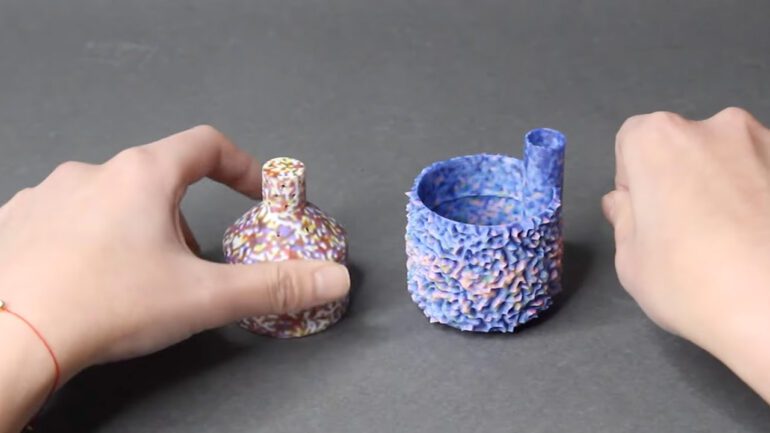TL;DR:
- MIT researchers have pioneered Style2Fab, a revolutionary tool for customizing 3D models.
- Traditional 3D customization is limited to predefined parameters.
- Style2Fab uses deep learning to autonomously categorize and enhance aesthetics while preserving functionality.
- Comprehensive taxonomy classifies geometric components into aesthetic, internally-functional, and externally-functional categories.
- This innovation empowers creators to enhance 3D models without compromising their intended purpose.
- Market implications: Enhanced accessibility and creativity in 3D printing, making it easier for makers to bring their visions to life.
Main AI News:
In the realm of 3D printing and design, a persistent challenge has long plagued enthusiasts and creators: the ability to customize open-source 3D designs obtained from online repositories. While these platforms offer a treasure trove of 3D models ready for printing, the customization options have traditionally remained limited to tweaking predefined parameters.
Recent advancements in the realm of deep learning have unleashed a wave of possibilities for infusing aesthetics into 3D models. However, the process of customizing existing designs with these newfound styles has introduced novel hurdles. Beyond the realm of aesthetics, many 3D-printed objects derive their functionality from the intricacies of their geometry. Altering an entire 3D model, which may significantly transform its structure, inherently carries the risk of compromising its intended functionality. The alternative, opting to selectively apply stylistic elements, necessitates users to pinpoint precisely which aspects of a 3D model impact its function and which are purely ornamental. This task can prove particularly challenging for individuals remixing designs they are not intimately familiar with. Moreover, a substantial number of online-shared models often lack crucial metadata, further intensifying the challenges associated with customization.
Despite these persistent challenges, a groundbreaking solution has emerged – a method meticulously engineered to autonomously deconstruct 3D meshes tailored for 3D printing into distinct components categorized by their functional and aesthetic attributes. This innovation empowers creators to selectively infuse 3D models with style while steadfastly preserving their original functionality. Derived from an exhaustive analysis of design repositories, this method has given birth to a comprehensive taxonomy, categorizing geometric components into three distinct classes: aesthetic, internally-functional, and externally-functional. Building upon this taxonomy, a topology-based approach has been meticulously crafted, capable of autonomously segmenting 3D meshes and classifying their functionality into these three precise categories.
To bring this groundbreaking method to life, an interactive tool christened “Style2Fab” has been meticulously developed. Style2Fab harnesses differentiable rendering for stylization, as initially proposed in the pioneering Text2Mesh concept, and extends these cutting-edge techniques to enable intricate manipulation of open-source 3D meshes tailored for 3D printing, all while safeguarding their inherent functionality.
This ingenious solution empowers users to make nuanced modifications to existing 3D printed designs, elevating their visual appeal without compromising their original purpose. A thorough examination of metrics and evaluations unequivocally demonstrates the efficacy of this method in facilitating alterations to 3D-printed models. As the vibrant maker community continues to evolve, innovative solutions like Style2Fab pave the way for a more accessible and creatively charged realm of 3D printing. They enable makers to transform their visions into tangible reality with unparalleled ease and precision.
Conclusion:
MIT’s groundbreaking Style2Fab innovation opens doors to a more accessible and creative 3D printing world. By allowing users to infuse aesthetics into their designs while preserving functionality, it enhances the value of 3D printing and fosters innovation in the market. This technology empowers creators and makers to bring their visions to life with unprecedented ease and precision, potentially reshaping the 3D printing landscape.

